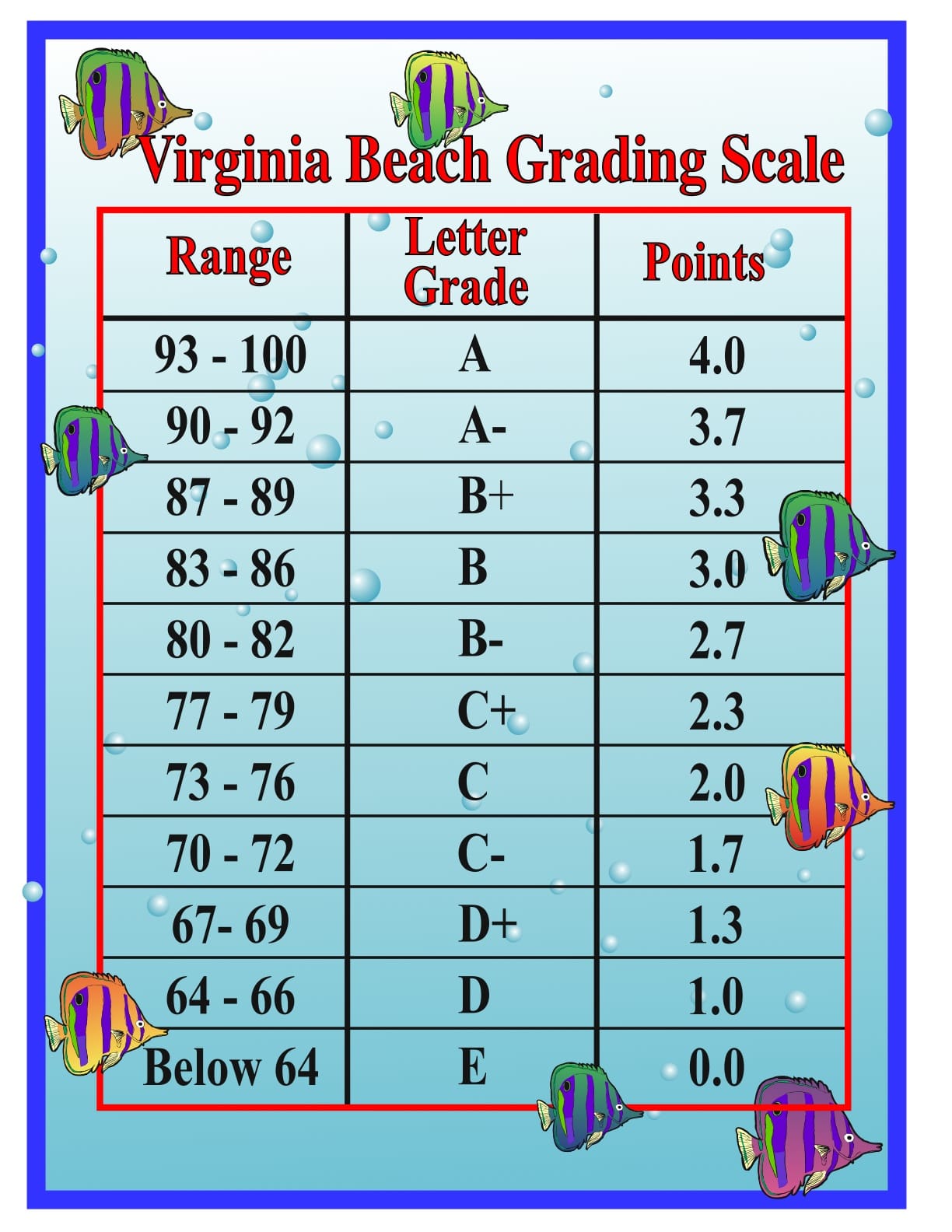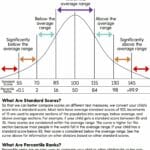This guide provides a comprehensive overview of grading on a curve, including its purpose, various methods, advantages and disadvantages, ethical considerations, and alternative grading strategies. Whether you’re an educator looking to implement a curve or a student trying to understand how it works, this guide will equip you with the knowledge you need. Discover the grading bell curve calculator for simplified and accurate curve grading.
Understanding Curve Grading
Grading on a curve, also known as curved grading, bell curving, or relative grading, adjusts student scores based on the overall class performance rather than a fixed standard. This means a student’s grade reflects their performance relative to their classmates. It’s often used in challenging courses like mathematics and engineering where raw scores may not accurately reflect understanding due to exam difficulty or varied student backgrounds. The purpose of curving is to normalize grades, potentially boosting the average and mitigating the impact of overly difficult assessments. Curving can shift grades upwards, increasing most students’ scores compared to their raw percentages. However, the practice is complex and not without its drawbacks, which are discussed further below.
Exploring Different Curving Methods
Several methods exist for curving grades, each with its own implications for grade distribution.
Fixed-Point Boost
This simple method adds a fixed number of points to every student’s score. It’s useful when an exam is unexpectedly difficult, ensuring that a challenging assessment doesn’t unfairly penalize the entire class.
Percentage Increase
Similar to the fixed-point boost, this method increases each score by a set percentage. This is helpful when scores are generally low across the board.
The Bell Curve
This method, likely what comes to mind for many when they hear “grading on a curve,” distributes grades along a normal distribution (the bell curve). A predetermined percentage of students receive each letter grade (A, B, C, etc.). While beneficial in large classes for achieving a specific grade distribution, this method can be unsuitable for smaller groups where individual scores can significantly skew the distribution. Current research is analyzing the potential impacts of this method on student motivation and learning outcomes. Some experts believe this method may inadvertently increase anxiety within large classes.
Other Methods
While less common, methods like the square root curve and linear distribution offer alternative ways to adjust scores. Further research is exploring these less conventional methods and their impact on student learning.
Utilizing a Grading Curve Calculator
Grading curve calculators streamline the often complex process of curving grades.
- Gather Class Data: Collect the number of students, the highest and lowest scores, and ideally, all individual scores.
- Choose a Method: If the calculator offers options, select the curving method best suited to your situation and class size.
- Input Data: Enter the collected data into the calculator’s designated fields.
- Review Adjusted Scores: Carefully analyze the generated adjusted scores to ensure they align with your grading goals.
- Implement: If the adjusted scores seem fair and reasonable, apply them to your grading system.
Weighing the Pros and Cons
Curve grading, like any system, has its advantages and disadvantages. Ongoing research continues to analyze its impact on education.
Advantages
- Accuracy and Efficiency: Calculators eliminate manual calculation errors and save valuable time.
- Objectivity: Curving can reduce subjectivity in grading, providing a consistent approach.
- Potential Fairness: It can adjust for exam difficulty or disparities in student preparation, offering a more level playing field in specific classroom contexts.
- Transparency: Open communication about the curving method can build trust with students.
Disadvantages
- Potential Unfairness: While aiming for fairness, curving may sometimes disadvantage high-achievers or create unintended consequences, particularly in small groups. There is an ongoing debate about the fairness of curve grading in different educational settings.
- Over-Reliance: Curving shouldn’t replace addressing the root causes of low performance, like unclear instruction.
- Competition: Some argue that curving fosters unhealthy competition over collaboration.
Ethical Considerations
Ethical implementation of curve grading is crucial. Transparency with students about the chosen method and its rationale is essential. Apply the chosen method consistently across all assessments within a course to maintain fairness. Regularly reflect on the method’s effectiveness in promoting actual learning and consider if it aligns with your educational philosophy and the specific context of each class.
Alternatives to Curve Grading
While curve grading can be useful, consider alternative assessment strategies that prioritize individual learning growth and mastery:
- Criterion-Referenced Grading: Focuses on student mastery of specific learning objectives.
- Standards-Based Grading: Uses clear standards aligned with learning goals.
- Contract Grading: Involves agreements between students and instructors on criteria for specific grades.
Making Informed Decisions
Ultimately, the decision of whether or not to curve grades rests with the instructor. Carefully consider the various methods, advantages, disadvantages, and ethical implications before implementing a curve. Ongoing research suggests that the most effective approach depends on the context, the subject matter, class size, and overall learning goals of the course. Prioritize using grading as a tool that supports learning rather than a barrier. By understanding the complexities and nuances of grading on a curve, educators can make informed choices that best serve their students.
- Senior at What Age: Benefits & Eligibility Guide - March 29, 2025
- Unlocking Senior Benefits: How Old is a Senior? Your Complete Guide - March 29, 2025
- Master Russian Politeness:A Guide to Saying Please - March 29, 2025

















1 thought on “Grading on a Curve Calculator: A Comprehensive Guide to Fair and Effective Grading”
Comments are closed.